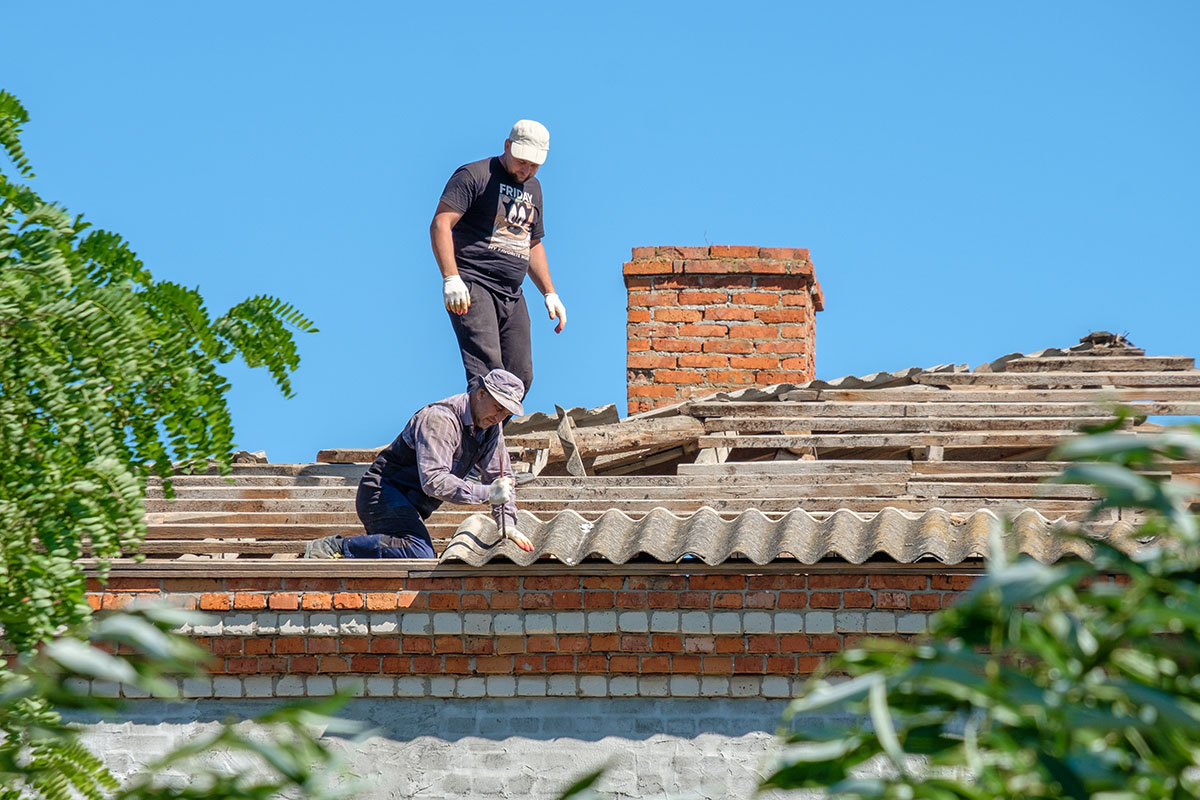
Carrying out an effective inspection is essential for ensuring the safety, security and integrity of any property. Whether it is a home inspection or a business inspection, the process is the same. From inspecting the building itself to checking for any potential risks to the environment, an inspection can help ensure that any property is up to code and safe for the occupants. In this article, we will discuss the steps that need to be taken in order to carry out an effective inspection.
- Establish the Inspection Goals:
Before carrying out an inspection, it is important to establish the goals of the inspection. What is the purpose of the inspection? Are you looking for safety risks or looking for potential problems with the building itself? Establishing the goals of the inspection will help you focus your efforts and make the inspection process more effective.
- Prepare the Necessary Equipment:
Once the goals of the defects inspection have been established, it is time to prepare the necessary equipment. Depending on the type of inspection being conducted, different types of equipment may be needed. For a home inspection, for example, a flashlight, ladder, and other tools may be needed to access certain areas of the home. Make sure that you have the right equipment before beginning the inspection.
- Collect Relevant Documentation:
Before beginning the inspection, it is important to collect all relevant documentation. This includes any documentation related to the building, such as permits, inspections, and so on. Collecting this information ahead of time can help save time during the inspection and ensure that the inspection is conducted properly.
- Conduct the Inspection:
Once the necessary equipment and documentation have been gathered, it is time to begin the inspection. During the inspection, be sure to inspect the building thoroughly and carefully. They are Pay attention to any potential safety risks or problems with the building itself. Take your time and make sure that all areas of the building are inspected.
- Record Findings:
As the inspection is being conducted, it is important to record all findings. This includes any problems that are discovered during the inspection, such as safety risks or structural issues. Be sure to record all findings in a detailed manner, as this will help when reporting the findings at the end of the inspection.
- Report Findings:
Once the inspection is complete, it is time to report the findings. Make sure to include all relevant details in the report, such as the type of inspection, any issues that were discovered, and any recommendations that were made. Be sure to provide the report to the appropriate parties in a timely manner.
Conclusion:
By following the steps outlined in this article, you can ensure that any inspection is conducted properly and that any potential risks or problems with the building are addressed in a timely manner. Make sure to prepare the necessary equipment, collect relevant documentation, conduct the inspection, record findings, report findings,




